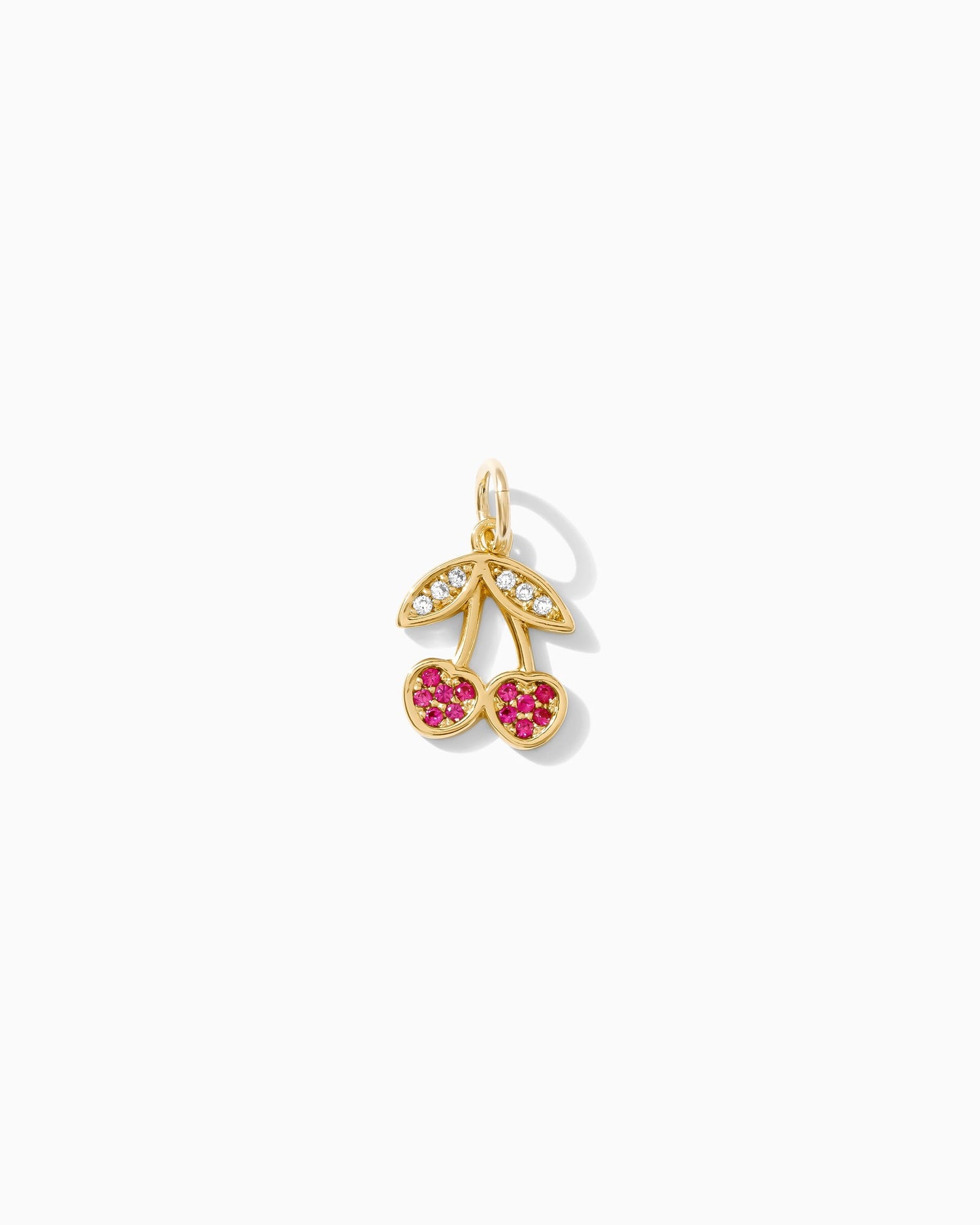
Why Does .925 Sterling Silver Tarnish and What to Do About It
Share
If you work with sterling silver in your jewelry business—or wear it daily—you’ve probably noticed that over time, it can darken or lose its bright shine.
This process is called tarnishing, and while it’s completely natural for .925 sterling silver, it can leave customers wondering if their jewelry is “bad quality.” Let’s clear up the confusion, explain why sterling silver tarnishes, and share simple steps to keep it looking beautiful.
What Is .925 Sterling Silver?
Sterling silver is a precious metal alloy. By definition, it’s made of:
- 92.5% pure silver
- 7.5% copper (or other metals)
This blend makes the metal stronger and more durable than pure silver, which is too soft for most jewelry.
Why Does Sterling Silver Tarnish?
The tarnish you see on silver jewelry is a thin layer of discoloration that forms when the metal reacts with substances in the environment. It’s not rust or permanent damage—it’s simply a surface reaction.
The main culprits include:
- Sulfur compounds in the air – These are the #1 reason silver darkens. Even trace amounts in the atmosphere can cause a reaction.
- Moisture & humidity – Sweat, steam, or living in coastal areas accelerates tarnish.
- Chemicals & beauty products – Lotions, perfume, hairspray, and cleaning supplies can all react with silver.
-
Unique body chemistry – Some people’s skin oils speed up tarnishing more than others.

Is Tarnish a Sign of Poor Quality?
No. In fact, tarnish is a normal property of real sterling silver. It’s not a defect, nor does it mean the jewelry isn’t genuine. Even the highest-grade sterling silver will tarnish over time. Many jewelers reassure customers by explaining that tarnish is proof of authenticity, and that it can be easily polished away.
How to Prevent Sterling Silver from Tarnishing
While you can’t stop tarnish forever, you can slow it down significantly with a few best practices:
- Store properly – Keep silver jewelry in airtight bags or anti-tarnish pouches.
- Wear it often – Believe it or not, regular wear slows tarnish because the natural oils from your skin act as a protective barrier.
- Avoid chemicals – Remove silver before swimming, showering, or applying lotions and perfumes.
-
Use anti-tarnish strips – Place them in storage boxes to absorb moisture and sulfur.
How to Clean Tarnished Sterling Silver
When tarnish does appear, it’s easy to restore shine:
- Polishing cloths – A soft, treated jewelry polishing cloth is the safest everyday solution.
- Mild silver cleaner – Products like Tarn-X or gentle dip solutions can quickly remove heavy tarnish (but use sparingly).
- DIY method – Line a bowl with aluminum foil, add hot water, baking soda, and a pinch of salt. Place your jewelry in the solution for a few minutes, rinse, and dry.
Final Thoughts
Tarnish is part of the natural life of sterling silver. It doesn’t mean the jewelry is low quality—it simply means it’s real silver reacting to its environment. With proper care and a little education for your customers, .925 sterling silver can last a lifetime and beyond.
At Bay & Stew Supplies, we provide high-quality .925 sterling silver chains, findings, and components so you can craft permanent jewelry and handmade pieces with confidence. Tarnish may come and go, but authentic silver never goes out of style.

